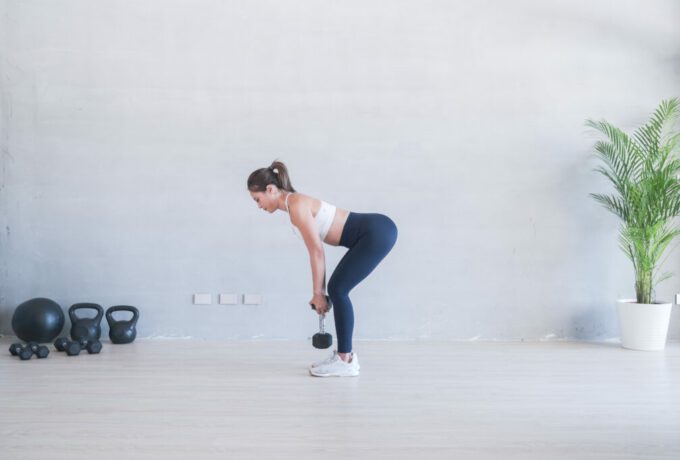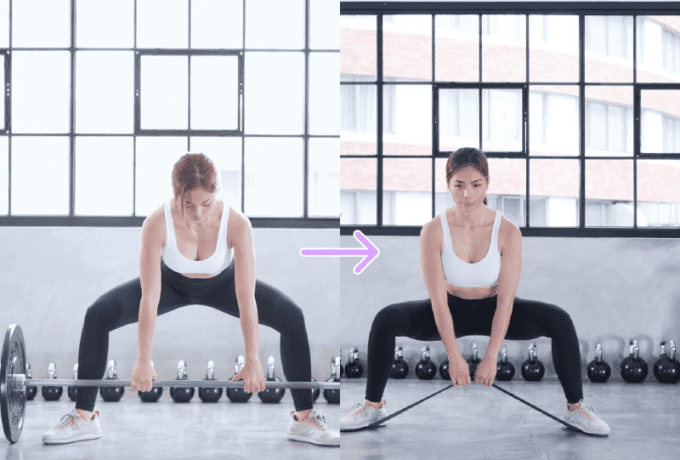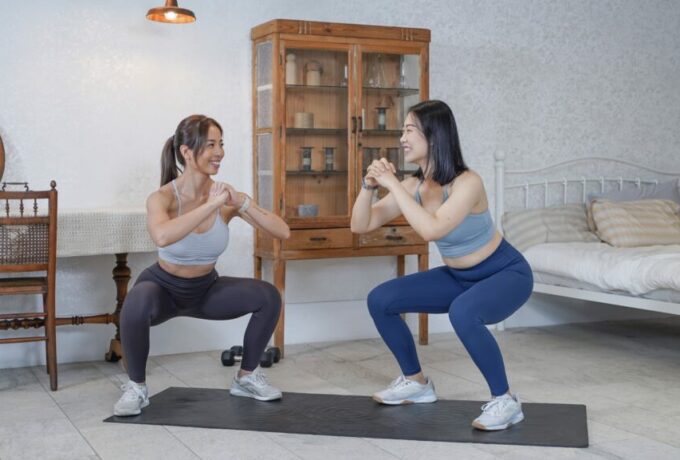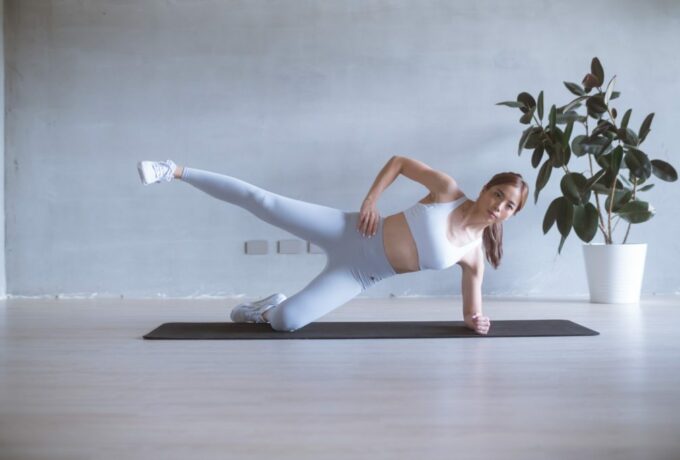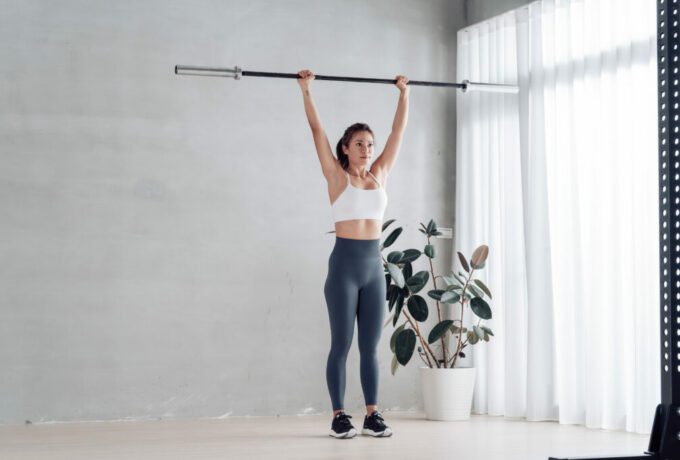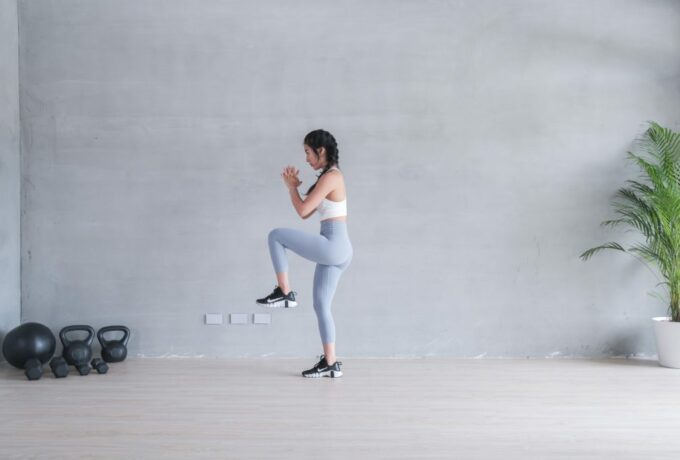Anterior pelvic tilt is one of the most common postural issues among girls, second only to hunchback. Anterior pelvic tilt not only affects the aesthetics of posture but is also a posture that is easily prone to injury during sports.

What is anterior pelvic tilt?
If we look at the position of the pelvis from the side, the so-called central position refers to the direction of the opening above the pelvis pointing to the ceiling (left in the figure below). If the pelvis turns forward, it is called anterior pelvic tilt (middle in the figure below), and if it turns backward, it is called posterior pelvic tilt (right in the figure below).

How can anterior pelvic tilt be detected?
Anterior pelvic tilt can be detected by touching two points – the anterior superior iliac crest and the pubic bone – in a relaxed standing position. The anterior superior iliac spine can be felt along the sides of the navel and down to the most convex part of the bone, while the pubic bone is the lowest edge of the abdomen to the bone.
Pelvic midline: The anterior superior iliac spine and the pubic bone are on the same vertical line.
Anterior pelvic tilt: The anterior superior iliac crest is in front of the pubic bone.
Posterior pelvic tilt: The anterior superior iliac crest is behind the pubic bone.

(The upper point is the anterior superior iliac crest and the lower point is the pubic bone)
Causes of anterior pelvic tilt
Abdominal and Core Weakness
The core and abdominal muscles help maintain the position of the pelvis and spine, and when they are weak due to bone structure, it is easy to develop pelvic tilt, especially for mothers who have given birth, as their abdominal muscles have been stretched for a long time and become weak.
Back muscles and front thigh muscles are too tight
These two groups of muscles are connected to the pelvis, and when they are too tight, the pelvis is easily pulled forward.
Poor standing posture
If you are used to standing with your abdomen bulging forward, it is easy to pull your pelvis forward when you do not relax your posture, and over time, your body will maintain this posture.
How can you improve your pelvic tilt?
Stretch the back muscles that are too tight
Action: Kneel on all fours, contract your stomach to arch your back. The pelvis will change from a forward tilt position to a backward tilt position. Then sit with your buttocks towards your heels to stretch the back muscles, and hold this position for 10 seconds.

Core muscle training
Action instructions: Lie down with your feet bent on the floor. Touch the anterior iliac spine and pubic bone on the same level – this is the position of the pelvis. Then maintain the position of the waist, lift your feet in the air, and hold for 3 to 5 breaths. During the process, you should not feel any back pain.

Advanced core training and extension of the anterior thigh muscle group
Action: In a four-footed kneeling position, move your hands forward to find the center of your pelvis. Then imagine your body moving forward like a stick until your shoulders, buttocks, and knees are in line.


The following illustration shows the incorrect training posture for anterior pelvic tilt.

Posture is the result of the balance of the body’s muscle groups, so training and paying attention to your daily posture can help you improve anterior pelvic tilt and avoid back pain caused by it.
Reference: The Psoas Solution: The Practitioner’s Guide to Rehabilitation, Corrective Exercise, and Training for Improved Function
Nuli Team’s first physical therapist, Jaime, is now online! If you like her article, please refer to her IG.


